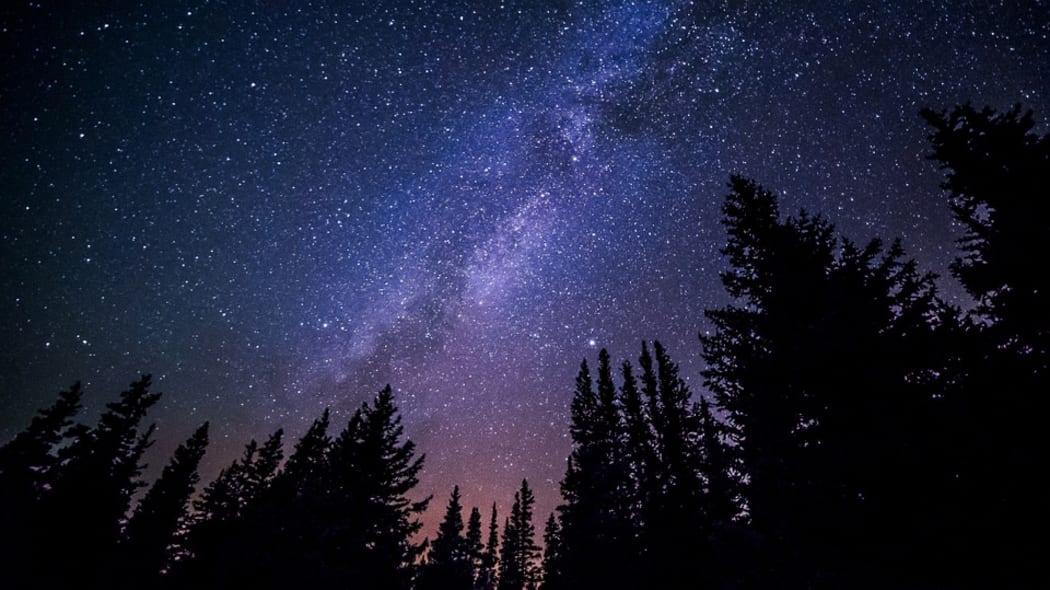"First the sun, then the moon, then the stars."
Next month just before dawn New Zealanders will celebrate Matariki – the Māori New Year – the rising of the star cluster known as Pleiades.
Professor Rangi Matamua is curator of a Waikato Museum exhibition about the history and meaning of Matariki - Te Whānau Mārama: The Heavenly Bodies. He shares Māori understandings of the night sky with Bryan Crump:
Read an edited snapshot of the conversation:
Tāne, the god of the forest, forced Rangi (Ranginui) the sky father and Papa (Papatuanuku) the earth mother apart. Why – having created a void between earth and sky – did Tāne then put stars in it?
Rangi: He was concerned that when he pushed Rangi and Papa apart that there was no light in the world. And this is a truncated version of the story. People say when he separated his parents light flooded into the world. Well, no. When he separated his parents it was still dark. There was no light. So he travelled to see his two siblings Tangotango and Wainui, who are the parents of Te Whānau Mārama
Did the stars and the moon come before the sun?
No, the sun is the oldest. The second oldest was the moon, the third was the stars. Then you have a phosphorous light, a gloomy light and a very small, petite star. Originally they were hung in the first house ever constructed on earth – a house called Hui-te-


